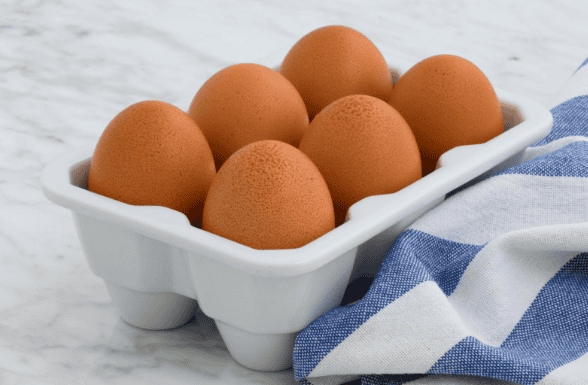
Proteins and peptides are two terms you’re likely to encounter while comparing fitness supplements. They’re also both used within various skincare products. But what exactly are they? And what is the difference between them? Are they the same thing?
The basic answer: both proteins and peptides are made from chains of amino acids. However, proteins are long chains of amino acids (50 or more), whereas peptides are made from short chains of amino acids (less than 50).
What does this mean and why does this matter? Below we’ll take a look in greater detail.
What is a protein?
Proteins are long chains of amino acids (organic molecules that are the building blocks of life). They perform many complex tasks within our body such as providing structure, activating our metabolism and fighting infections.
Types of proteins in our body include:
- Antibodies: These proteins are made by white blood cells and fight against foreign invaders.
- Hemoglobin: This protein carries oxygen around our bloodstream.
- Hormones: These proteins include insulin and glucagon and help regulate various bodily functions:
- Collagen: This protein makes up all of our body’s connective tissues.
- Actin and myosin: Our muscles are made from these two proteins.
Proteins can be consumed in many of the foods we eat including meats, fish, eggs, dairy and nuts. You can also take protein supplements to help with workouts and muscle repair (such as whey powder). Many skin products meanwhile contain proteins like collagen to help fight wrinkles.
What is a peptide?
Peptides are short chains of amino acids. They act as messengers in the communication between proteins, telling our body when to repair cells, grow cells or trigger responses like our immune system.
Types of peptides in our body include:
- Creatine: This peptide is found in your muscles and helps them generate energy.
- Oxytocin: This is the love hormone – it is essential to social bonding, reproduction and childbirth.
- Antioxidants: Many antioxidants are peptides and are responsible for protecting our body against disease.
- GLP-1: This peptide helps to regulate our appetite by triggering the production of insulin.
- Semaglutide: This is a man-made peptide used to simulate GLP-1 that is found in weight loss medicines like Ozempic.
Peptides are found in many of the same foods that contain protein (meats, fish, eggs, dairy and nuts). You can also buy peptides online in the form of supplements to help with workout endurance, muscle growth or even weight loss. A number of skin products like creams and serums contain peptides to help simulate collagen growth in the skin.
Peptides vs proteins: when does your body need each?
Both peptides and proteins go hand in hand in helping with processes like appetite suppression, muscle repair and skin healing. If our bodies were a road network, the proteins are best described as the vehicles, whereas the peptides are the drivers. There’s no point having vehicles if you haven’t got enough drivers, just as there is no use having drivers and not enough vehicles. This is why it’s important to maintain a balance of both.

